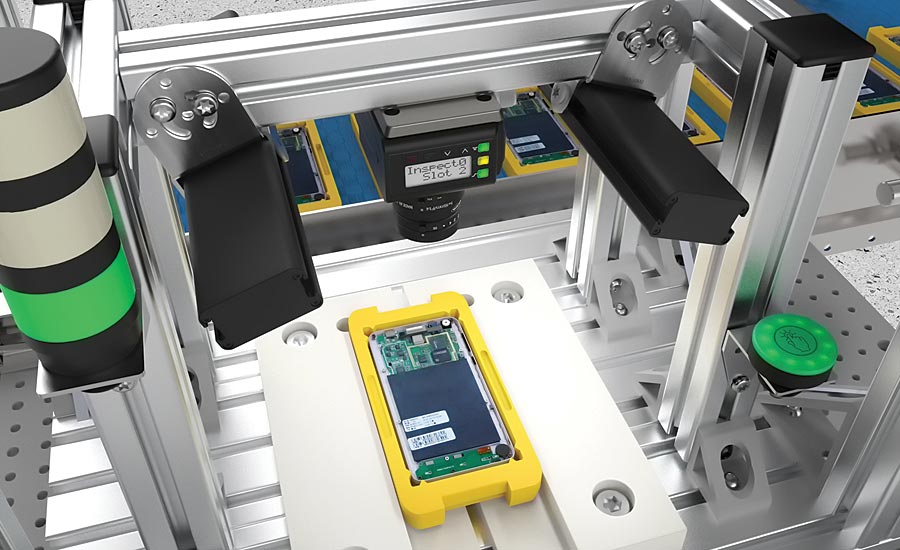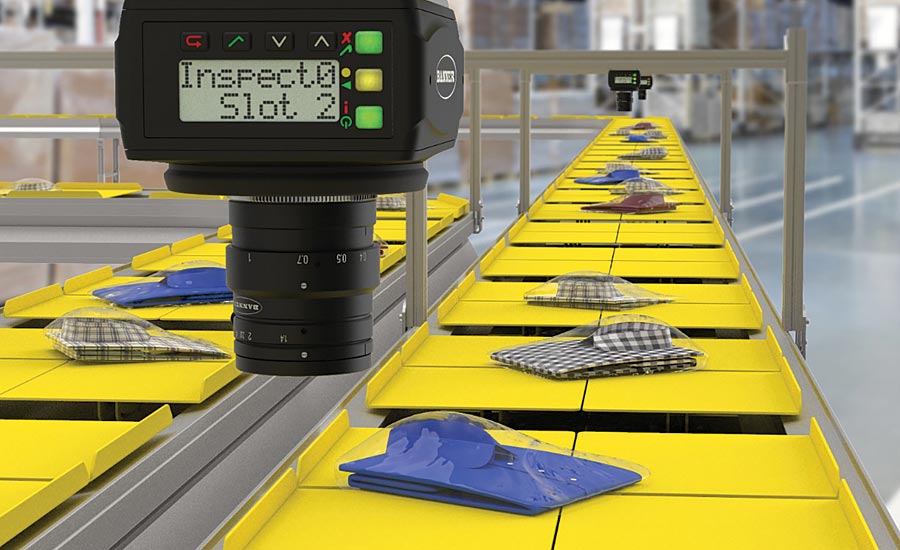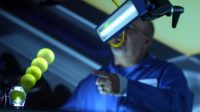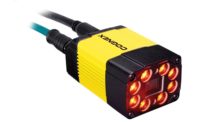While early adopters found more promise than productivity, Industry 4.0 has finally come of age. After decades of increased process automation with the integration of IT, companies were swayed with visions of rapid next-generation transformation of increased connectivity through smart physical/digital integration. Many industry leaders looking to gain or maintain advantage began engagements with teams of consultants and invested millions of dollars in transformational planning, only to have efforts stall as total site solutions failed to materialize.
Now, in recent years, companies have realized gains are best considered and implemented at the individual process level, making savvy investments in key process areas that are easy to deploy and simple to use. Products designed with real and ready physical/digital integration are readily accessible avenues to direct improvement in operational effectiveness; the new central challenges are prioritizing Industry 4.0 efforts and selecting enduring solutions.
Combining machine vision inspections with identification solutions has become an area of immediate opportunity for industrial automation with true Industry 4.0 advantage and readiness. Improvements in machine vision include advanced-imaging analysis, robotics, machine learning and 3D vision—a trove of enhancements that offer innovative solutions inside and outside the factory. These products support modern-day manufacturing by saving money and solving issues in many complex manufacturing applications. Even better, with the competitive forces surrounding Industry 4.0 solution providers, these products have never been easier to implement and manage.
As a point of entry, smart cameras and vision sensors being developed today are key to solving thousands of applications. With the integration of the latest technology, machine vision cameras and sensors combined with barcode reading extend the capability to read smaller codes, detecting within larger fields of view and at further distance—with cost-effective opportunity across industries.

This smart camera with barcode capabilities can inspect very small electronic components for correct placement while tracking individual sub-assemblies.
In the food and beverage industry, it is critical to track when or where a product is made in the event of a recall. Smart cameras currently offer barcode reading, detecting bottles passing by on conveyors; the product checks for label placement while performing inspections to verify the correct codes are printed on the bottles. The process occurs within milliseconds, keeping run-time at optimum speeds throughout.
In the packaging industry, the continued trend is for quality control and track-and-trace applications. There are many applications being improved by advances in combining vision inspections and barcode reading to meet quality standards. The key areas where machine vision and identification are continuing to make improvements are in part presence, positioning, counting, and packaging. The use of the combined machine vision with identification provides the ability to identify errors prior to packaging, ensuring quality and process efficiencies are at optimum levels—reducing the need for human interventions.
In the automotive industry, the common use of DPM (Direct Part Mark) barcodes is essential to production efficiencies and productivity. The combination of vision and barcodes doubles in the process of inspection for the proper barcode—but also the proper welding, shape, and size. These machine vision and identification solutions are built to withstand the harsh production environments associated with automobile manufacturing. These solutions also allow for automotive parts to be properly identified and tracked along the product line, improving assembly and build times and maintaining data required to serve any future potential recall.
In material handling and logistics, machine vision provides immediate value through reading barcodes to identify and track individual packages. From picking and placing to counting items and knowing which tray items are on, machine vision and identification can be used in conjunction to ensure the proper items are not only shipped together, but also are sent to the correct destination.
In the electronics industry, the speed of evolution is continuous. The need to inspect for correct part placement and components at multiple points during the production process is essential. Typically, these applications require higher resolution imagining capabilities that allow for inspecting of very small components and barcodes printed on individual sub-assemblies. Each sub-assembly needs to be tracked and stored in databases to provide a digital record of the manufacturing process. By combining machine vision inspections and barcode reading in one device, users save critical assembly space while being able to properly monitor the production process from end to end.

Smart cameras are used in the material handling industry to verify and count individual products, and track them with barcodes to ensure proper delivery of ordered goods.
As Industry 4.0 continues to expand and improve automation, smart cameras and vision sensors combined ability to collect real-time data and make decisions will not only save time and money but will also become a critical point of interest for quality control opportunity in production. By combining machine vision inspections and barcode reading in one simple device, customers can simplify their installation efforts, provide cost savings, and most importantly have a clear record of their manufacturing process.
Imaging technology will remain a point of focus and smart investment, particularly for developing the next generation of solutions in growing global markets. Additionally, these trends in machine vision and identification will provide the ability to run specific inspections covering an array of industrial barcodes, end-of-mail indication, integrated circuits, part orientation, solder ball inspections, label alignments, drilled hole inspections, blemish detection, color inspections, error proofing, and more. This offers exciting possibility in the next generation of machine vision cameras—complete end-to-end process optimization and the complete realization of Industry 4.0 integration of technology. V&S



